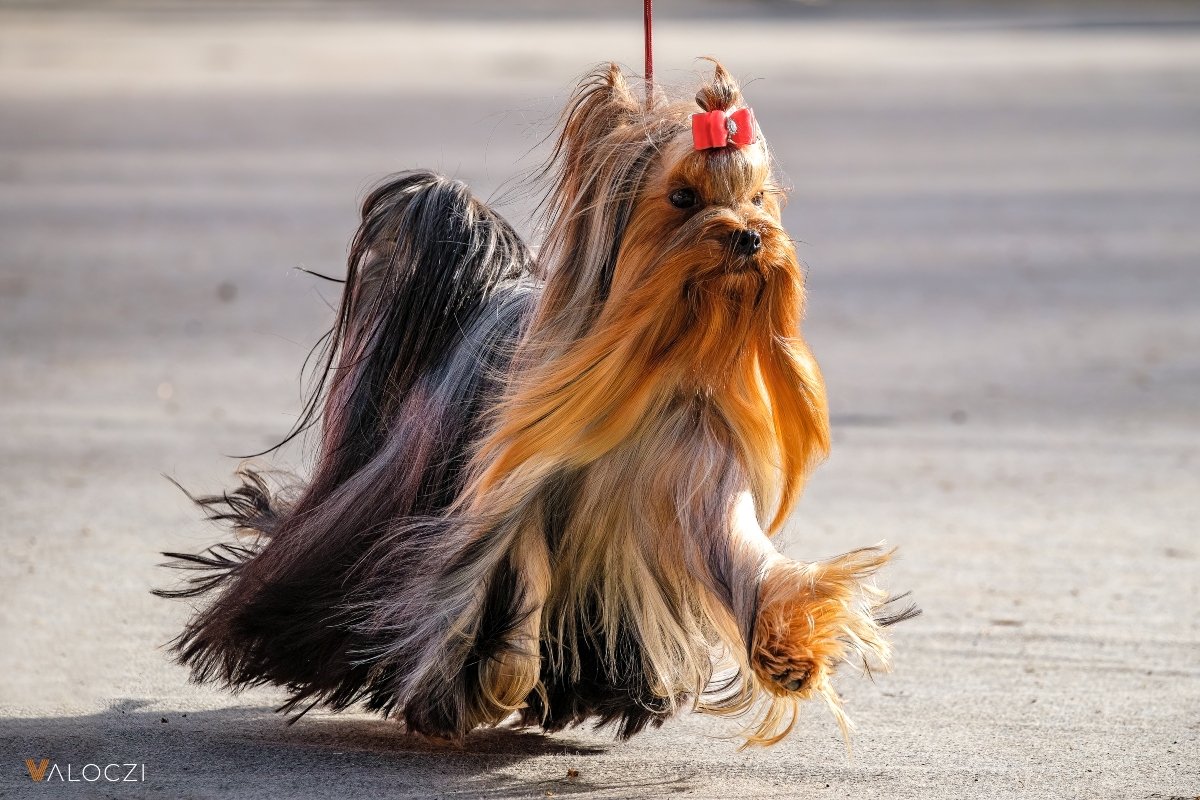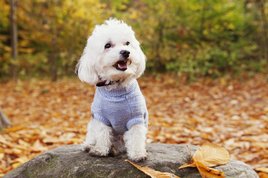It could cost your dog their life if you get these two sounds wrong
Published: 2024. 05. 12 • 3 minutes reading

Published: 2024. 05. 12 • 3 minutes reading

Your pet may exhibit many oddities, but while some habits are completely harmless, others may indicate a life-threatening condition. We’ll show you two easily confused phenomena.
You’ve almost certainly heard your pet sneeze. Just like humans, dogs can be sneezing for many reasons. They have something up their nose, are sick, or are allergic to something. However, there is another, very scary-sounding form of sneezing, where the air is forced inwards, making a choking sound. This is also known in the literature as reverse sneezing. It is important to know about it, as well as to be able to distinguish it from a symptom of a typical abnormality in small dogs. In the latter case, it could cost the dog their life if treatment is not given.
 Yorkshire terriers also need more attention
Yorkshire terriers also need more attention
Reverse sneezing is usually triggered by nose, throat or sinus irritation. This is the dog’s body’s way of trying to clear foreign matter from their airways. Before sneezing, the animal will usually stiffen and then make a rhythmic grunting and wheezing sound, which may sound as if they are choking. However, it is a series of rapid, rhythmic inhalations that are completely harmless. It is also not uncommon to occur in response to excessive excitement.
What helps you to distinguish between the two is your pet’s posture. Before reverse sneezing, the dog will stiffen and then stretch their neck to the sky and keep their mouth closed. In the opposite way, when choking, their head will lean forward and their mouth will open.
You can hear the characteristic sound of reverse sneezing in the video below:
It is important to remember that a dog that sneezes in reverse once is very likely to do so again. There’s nothing to worry about. But if your pet has an underlying condition, mention it to the vet just in case.
It’s not so encouraging if your dog – especially if it’s a small dog we are talking about, as it’s more common in small dogs – starts wheezing and coughing with increasing regularity, which is also reminiscent of choking. These are some of the early symptoms of tracheal stenosis or collapse of the airways, and the condition can lead to death if left untreated.
As mentioned above, it is especially common for smaller dogs to have a narrowing of the trachea over time. This is partly due to anatomical reasons. But too tight a collar or other constant physical pressure can also make the condition worse. In the early stages, the dog will only start coughing when excited, then the symptom will become more frequent and you may hear the equally frightening sound of goose coughing or choking on a daily basis. As well as becoming persistent over time, the cough is accompanied by wheezing due to respiratory failure. A bluish discolouration of the gums is also a tell-tale sign of insufficient oxygen uptake.
More common in these breeds
According to statistics, the Yorkshire Terrier, the Toy Poodle, the Pomeranian, the Havanaese, the Chihuahua, the Shih-Tzu, and the Dachshund, as well as the
Lhasa Apso have been shown to have a higher incidence of tracheal collapse.
The problem should be taken very seriously, as if left untreated the condition will lead to tracheal collapse and the animal will suffocate.
In this video, you can hear the fearsome coughing and wheezing of an affected four-legged friend:
In addition to the already mentioned inappropriate use of accessories, predisposing factors may include heart- and respiratory diseases, obesity, passive smoking and a sedentary lifestyle. So as an owner, take special care: keep your dog’s weight under control, take enough walks and never smoke in the house or around your pet. In addition to smoke, cleaning products and air fresheners can also irritate the air ducts.
Regular medical check-ups are also essential to detect any abnormalities in time. In this case, the doctor can improve the situation with medication or surgery, depending on the condition.
In this article we discuss one of the most common health issues in large dogs.
Follow us!
facebook instagram youtube spotifyRelated articles

Dogs Can Rust: An Important Signal For Owners
Health • 4 minutes
How to keep your dog safe outdoors during the cold winter
Care • 5 minutes
Is your dog's paw slipping too often on the floor? Here's what you can do to help
Care • 3 minutes
As the temperature drops, your dog's skin becomes more sensitive: how to care for it properly
Care • 3 minutes